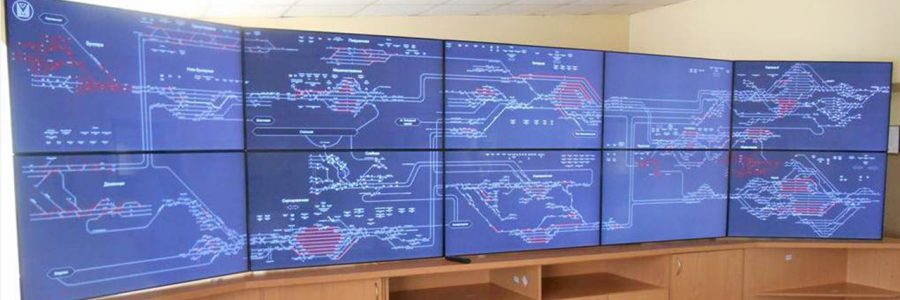The supervision system MP-DK is designed for controlling conditions of signaling devices in railway stations, controlling the movement of trains on running lines and stations within the control zone, control block sections of running lines and station tracks, hump tracks (or semi-hump) as part of the stations, and the also state of electric power supply devices at the stations.
Obtaining information from control objects is produced by a decentralized system of modules MK-DK, which can be located both on relay racks, in panels and indicator panel section of station dispatcher, as well as in power panels and other installation sites.
Reducing the informational load of the operator by automating its functions, laid on the supervision system, allows to expand the limits of the control zone and improve work efficiency and also improve the quantitative indicators of the transportation process management.
Main functions
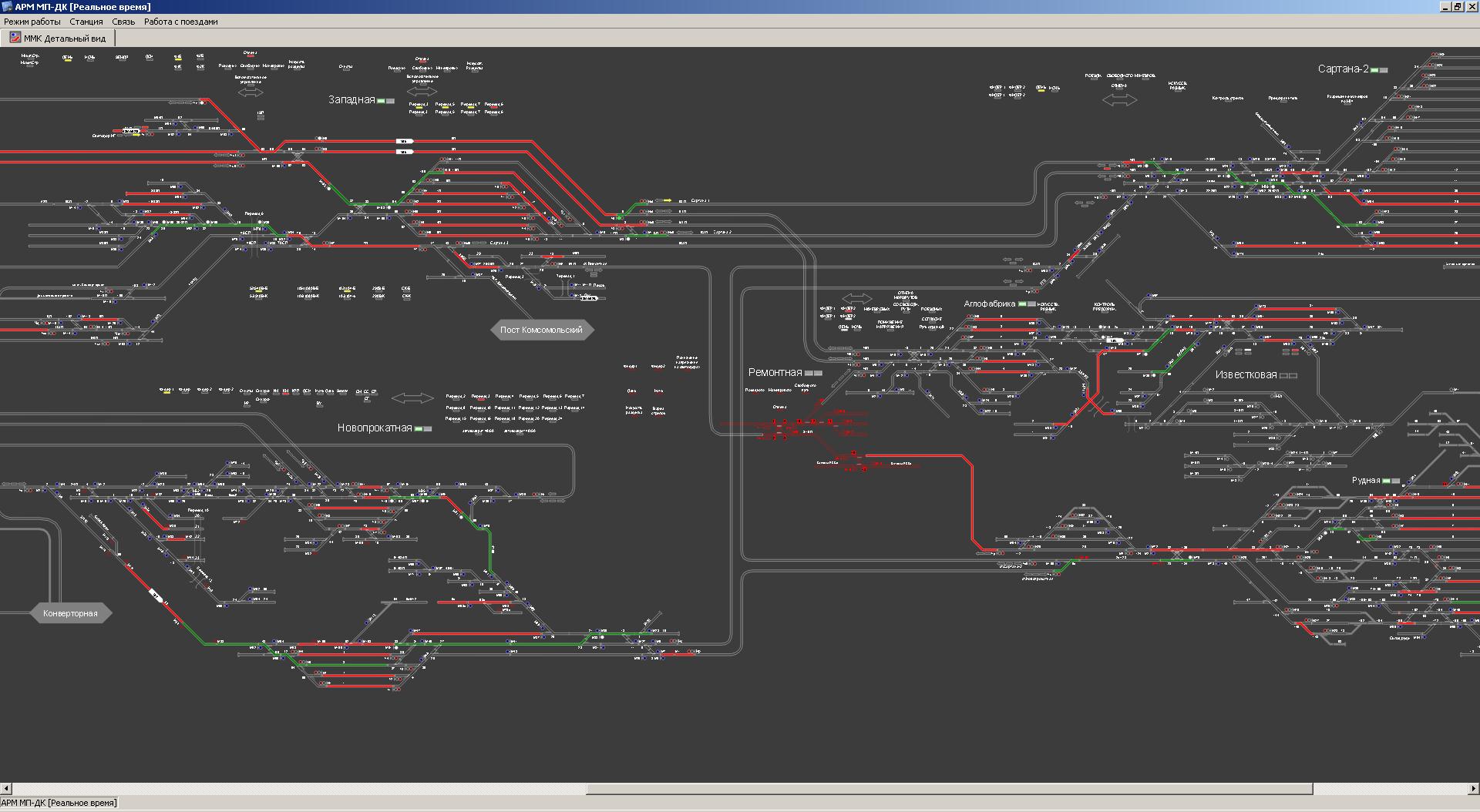
- remote monitoring signaling devices;
- displaying train situation of every station in a detailed form for further analysis (view “station train dispatcher”);
- displaying train situation of the control zone in a general view (view “supervision dispatcher”);
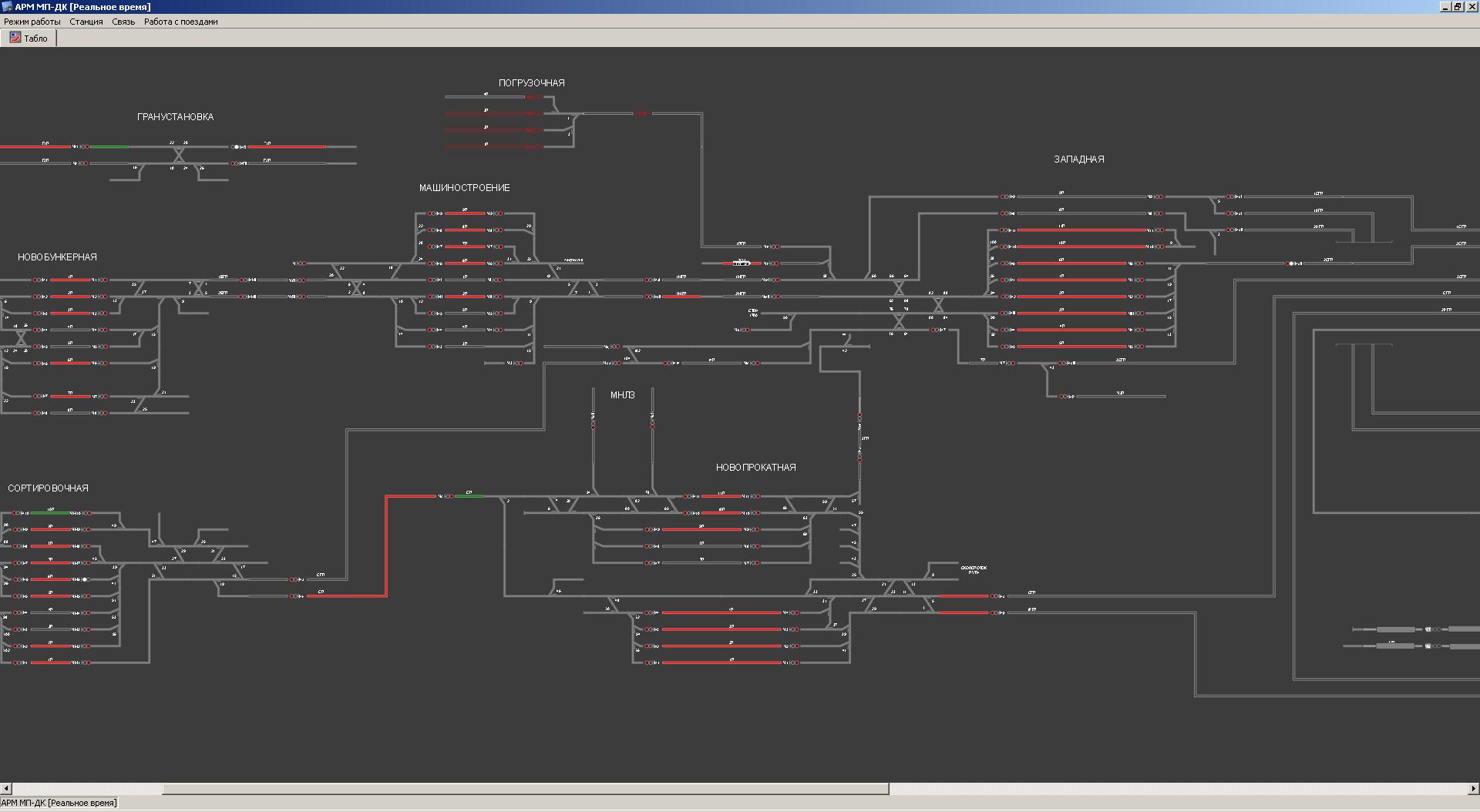
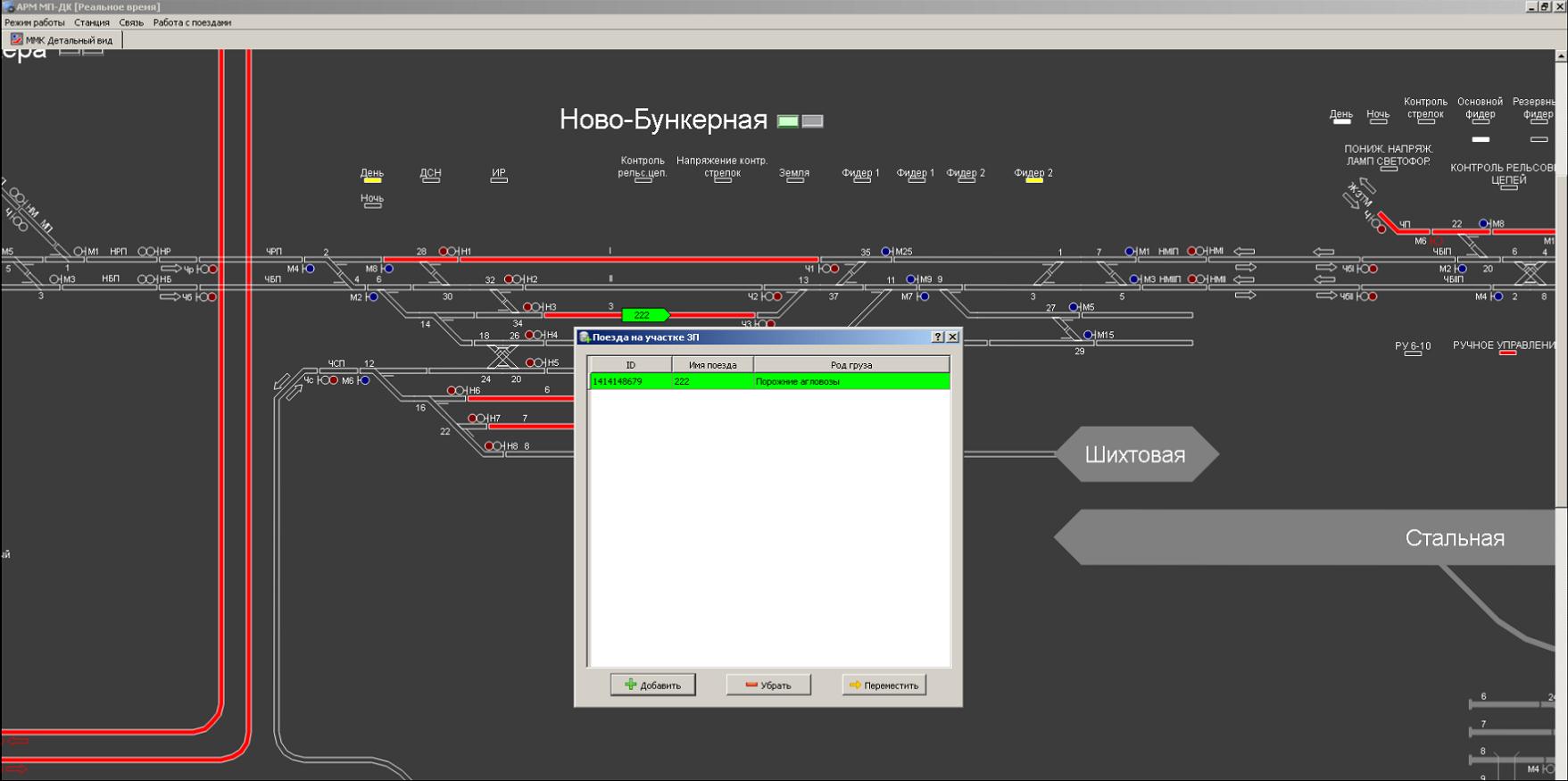
- identification of rolling stocks at the sections of the control zone;
- tracking trains within the control zone borders;
- providing databases, software models, recording device states; the forecasted and the actual train schedules within the control zone borders;
- calculation of locomotive performance indexes, the number of handled railcars and other work indexes;
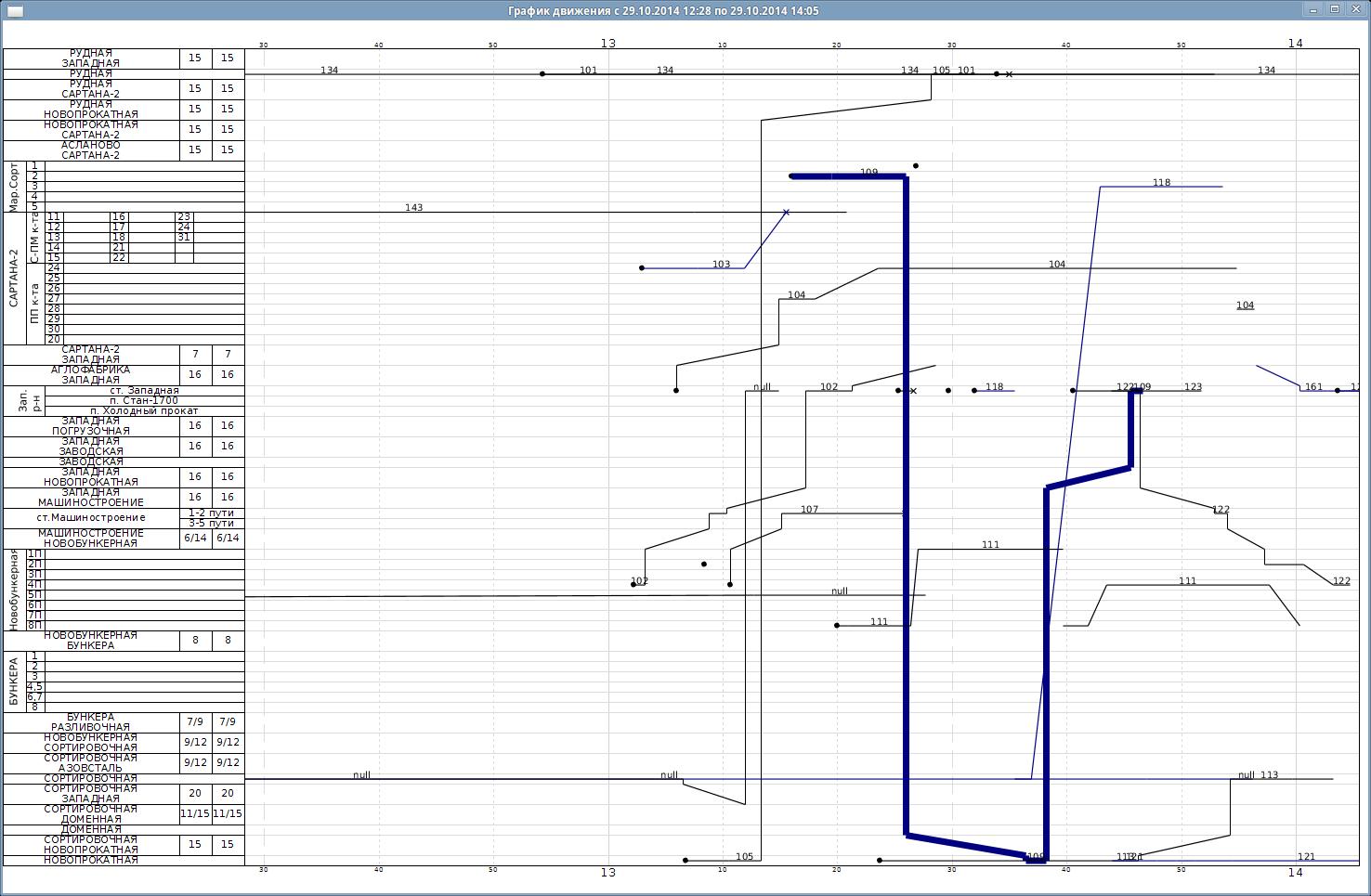
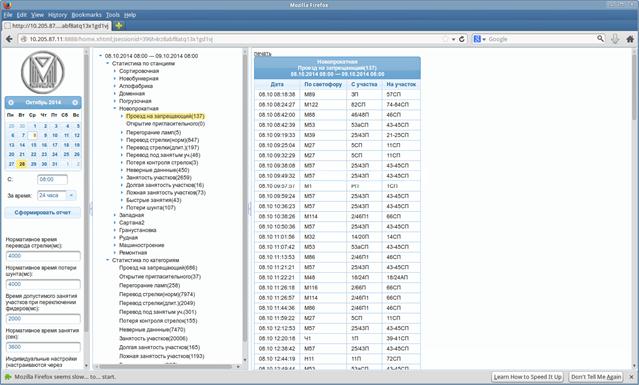
- observing events statistics for control objects: occupation / release of a track circuit, switch operation, passing of a stop signal aspect and other;
- recording events of the state of control objects (switches, track sections, signals etc.) and all train movements for a period at least 30 days;
- providing statistics of the functioning system as a whole and for each element separately;
- providing databases, software models, recording device states;

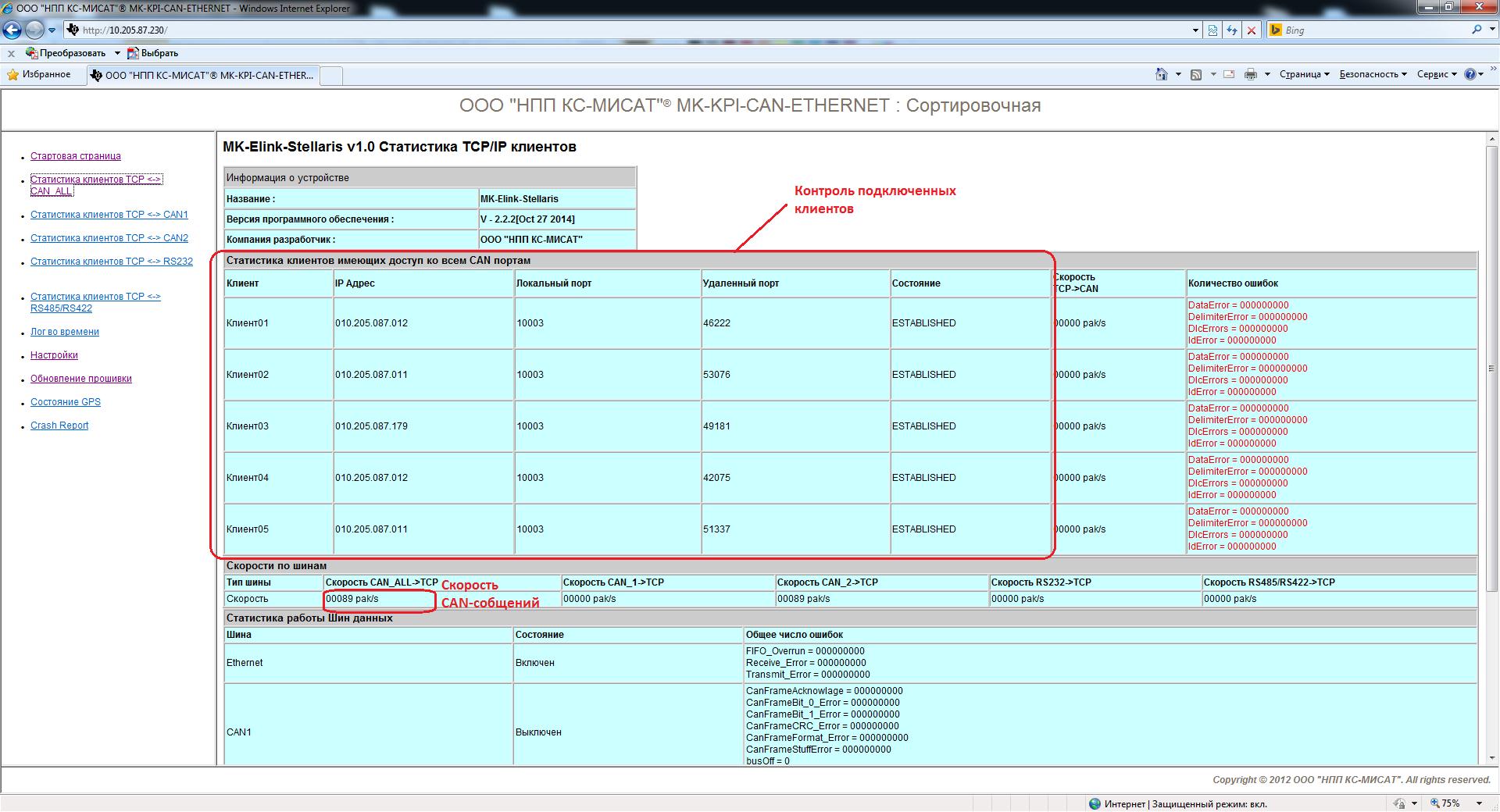
- self-diagnosis of system components;
- representing information about the status of inputs of the modules MK-DK of system;
- control accessing and information protection.
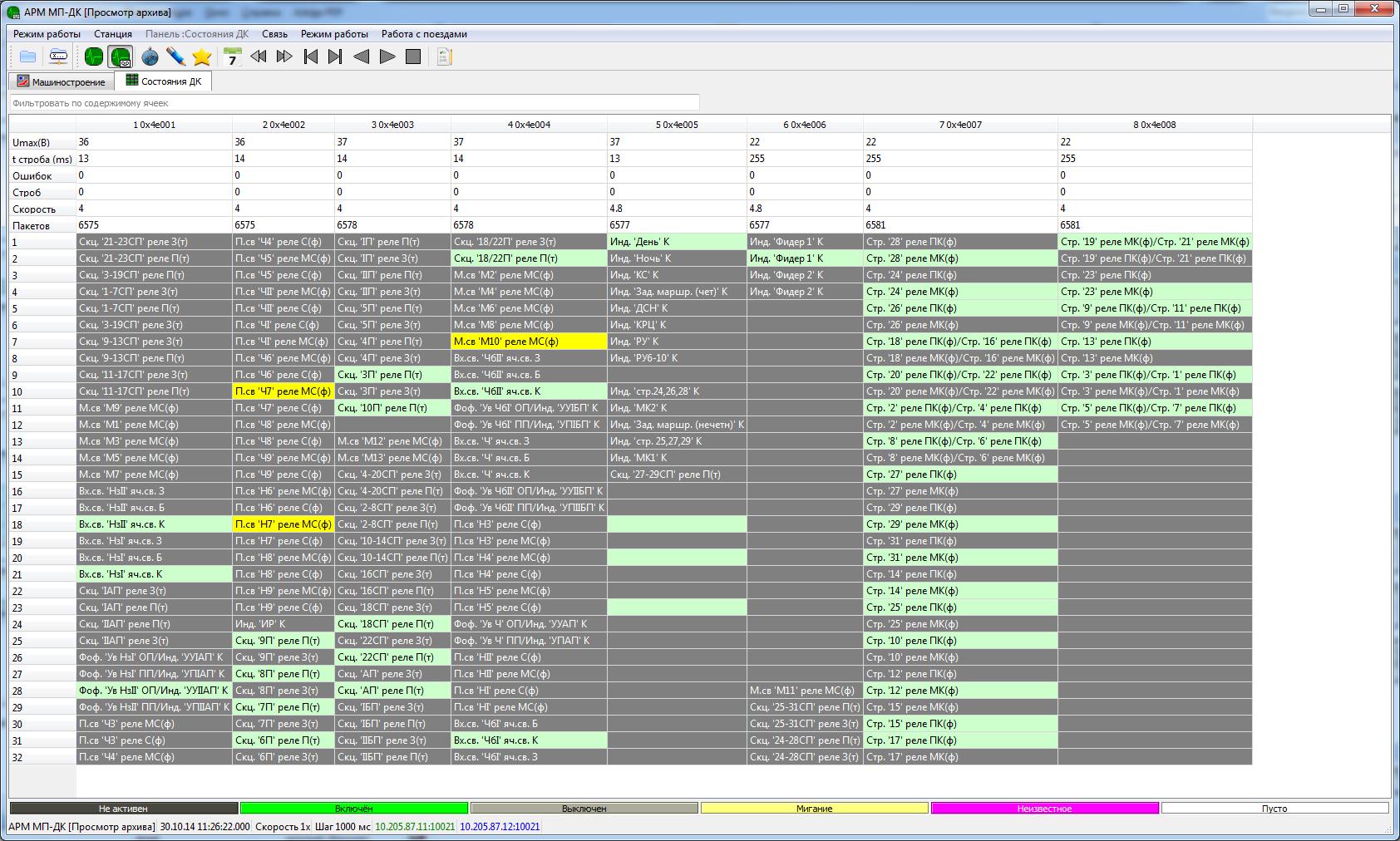
List of equipment
Specialized MK-DK microprocessor input controllers of digital (discrete) signals provide for the obtaining and primary processing of signals from signaling devices, as well as provide its communication through CAN network of a station.
General properties:
- interfacing with sensors type “dry contact”, control circuits or indicator lamps with a voltage 5–48 V DC or AC;
- two independent galvanic isolated input signals groups with 32 input channels for each group;
- input channel status and controller work state indication;
- controling of power supply circuits of information signals.
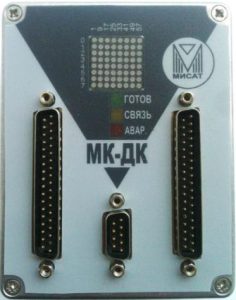
Communication modules MK-KPI obtain raw information from the station's CAN network stations and form packets for transmission through Ethernet network.
General properties:
- the data rate by a CAN network 5-500 kbit;
- the data rate by Ethernet network 10/100 Mbits;
- two independent from each other CAN-line network;
- Integrated diagnostic Web-server with displaying detailed diagnostic information about the states of connections, data streams, diagnostic information about a device.
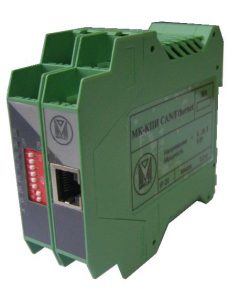
A LP cabin LP-DK serves to layout the LP equipment such as uninterruptible power supply and provides communication with the control center and can be optionally equipped with a speech archiver device.
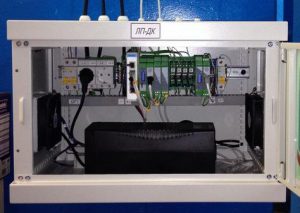
- network and channeling communication equipment;
- the control center server provides collection, one-spot location, recording events, operational information to an operational stuff at an appropriate AWP;
- two sets of equipment of the MP-DK servers operate in the hot standby mode;
- the servers based on industrial computers ADVANTECH with (SSD drives).
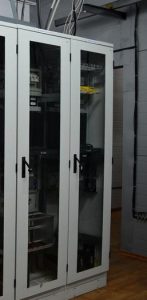
- Train dispatcher AWP provides information about all stations in the control zone in a brief view.
- Signal maintainer AWP provides detailed information about all station of the control zone. It provides switching to the “Local Train Dispatcher” view for each station.
- Mimic panel displays a large-scale and enlarged the dispatching control zone.
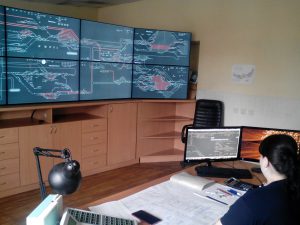
Advantages of introducing
- displaying train situation of the control zone in a general view (view “supervision dispatcher”);
- displaying train situation of every station in a detailed form for further analysis (view “station train dispatcher”);
- providing receiving detailed information about the control objects and the whole information area with a shared database of the control objects;
- providing the forecasted and the actual train schedules within the control zone borders;
- identification of rolling stocks at the sections of the control zone;
- continuous Recording events of the state of control objects and actions of the operational staff;
- self-diagnosis of system components;
- comprehensive approach and the big picture of the technological process of controlling the train traffic;
- interfacing with other information systems;
- access control and information security.
Technical - economic effectiveness
- reduction of production space and capital construction costs;
- modern element base, reduction of material and energy consumption of the system functioning because of using modern computer equipment;
- unification and universalization of equipment provides interfacing with any existing signal systems and eliminates the cost of additional equipment and software;
- improvement of train schedule indexes and hauling ability in general by improving the quality of information support;
- improving indexes of using locomotive and car fleet;
- acceleration of a process of obtaining and processing information;
- improving labor culture of the staff.

